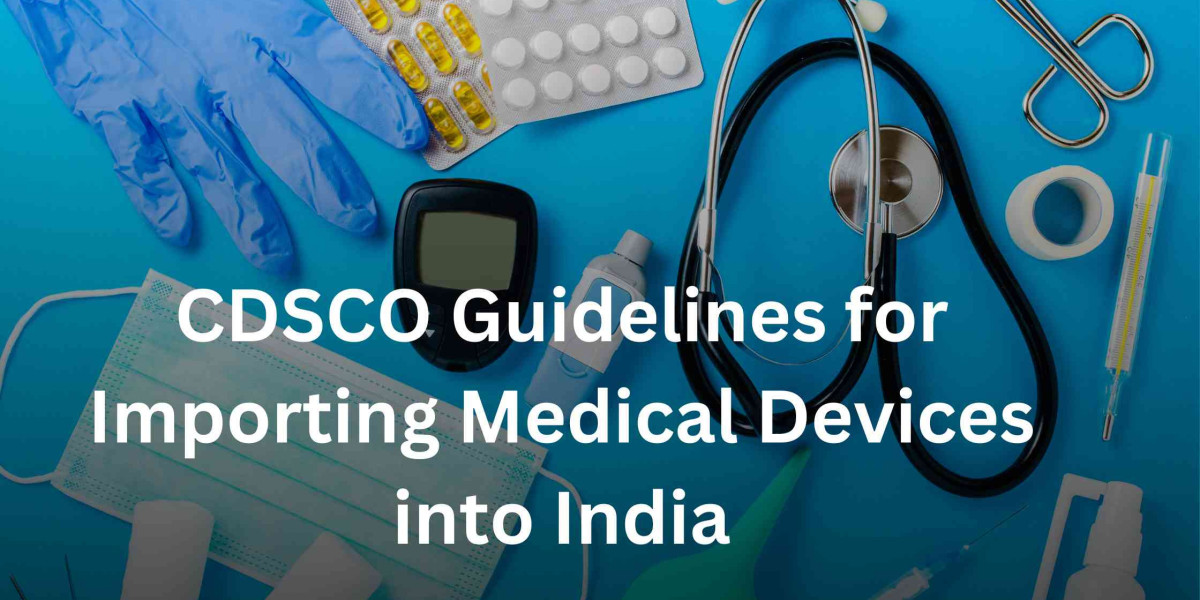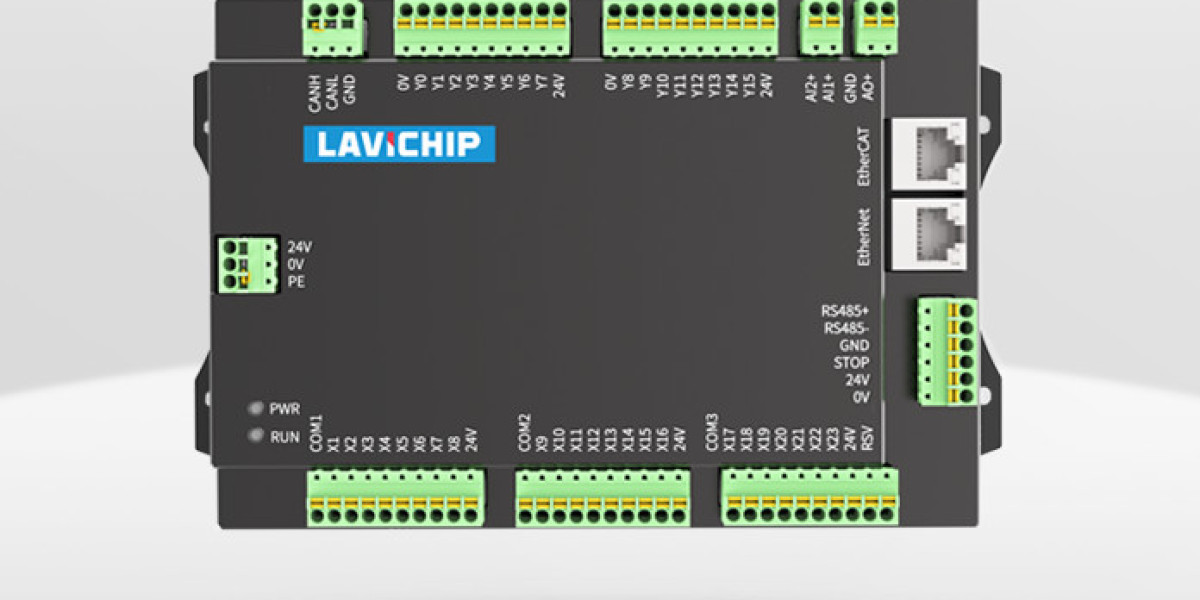India is a rapidly growing market for medical devices, and many international companies are looking to import their products into the country. To ensure the safety, quality, and effectiveness of these devices, India’s Central Drugs Standard Control Organization (CDSCO) has established specific guidelines for importing medical devices. This blog will guide you through the CDSCO guidelines for importing medical devices into India using simple words, making the process easier to understand.
What is CDSCO?
CDSCO, or the Central Drugs Standard Control Organization, is India’s national regulatory body for pharmaceuticals and medical devices. It works under the Ministry of Health and Family Welfare and is responsible for approving, regulating, and overseeing the import, manufacture, and sale of drugs and medical devices in India. If you plan to import medical devices into India, you must follow CDSCO’s rules and regulations to ensure your products meet the required safety and quality standards.
Types of Medical Devices Regulated by CDSCO
CDSCO categorizes medical devices into four classes based on their risk levels:
- Class A: Low risk (e.g., thermometers, bandages)
- Class B: Low to moderate risk (e.g., infusion pumps, surgical masks)
- Class C: Moderate to high risk (e.g., bone fixation plates, ventilators)
- Class D: High risk (e.g., heart valves, defibrillators)
The level of scrutiny and documentation required for import depends on the device’s classification, with higher-risk devices needing more rigorous evaluation.
Step-by-Step Guide to Importing Medical Devices into India
Here is a simple step-by-step guide to help you understand the process of importing medical devices into India according to CDSCO guidelines:
Step 1: Determine if Your Device is Regulated
Before importing, you need to check if your medical device is regulated by CDSCO. CDSCO provides a list of regulated medical devices on its official website. If your device is not listed, you may not need CDSCO approval, but it's always good to double-check with the authorities.
Step 2: Appoint an Indian Authorized Agent
If you are a foreign manufacturer, you must appoint an Indian Authorized Agent who will act as your representative in India. This agent must have a valid wholesale drug license and be responsible for coordinating with CDSCO for the registration and import process. The Indian Authorized Agent will also help in obtaining the necessary No Objection Certificate (NOC) from the Assistant Drug Controller for smooth clearance of your shipments.
Step 3: Register Your Medical Device
To import a medical device into India, you need to register it with CDSCO. The CDSCO registration process involves:
- Application Submission: Submit an application for medical device registration online using the SUGAM online portal, which is CDSCO’s official online platform for regulatory submissions.
- Document Submission: Provide necessary documents such as:
- Device Master File (DMF) containing technical details of the device.
- Plant Master File (PMF) detailing the manufacturing facility.
- Clinical evaluation report or performance study data.
- Free Sale Certificate (FSC) from the country of origin.
- Labeling information in accordance with Indian regulations.
- Fee Payment: Pay the applicable registration fee as per CDSCO’s fee structure.
- Review by CDSCO: CDSCO reviews the submitted documents and may request additional information or clarifications.
Step 4: Obtain Import License
After registering your device, the next step is to obtain an import license. To do this, you must:
- Submit an Import License Application: Use the SUGAM portal to submit Form MD-15 along with required documents, including:
- Registration certificate of the device.
- Copy of the wholesale drug license of the Indian Authorized Agent.
- Product details and intended use.
- Fee Payment: Pay the fee for the import license application.
- Approval by CDSCO: CDSCO will evaluate your application and, if satisfied, will issue an import license in Form MD-15, which is valid for five years from the date of issuance.
Additionally, if you intend to conduct clinical trials or tests on the devices, you may need to apply for a CDSCO test license. This license allows the import of limited quantities of the device for testing purp oses before full-scale importation.
Step 5: Comply with Post-Market Surveillance Requirements
Once you have imported your medical devices into India, it’s important to comply with post-market surveillance requirements to ensure ongoing safety and performance. This includes:
- Adverse Event Reporting: Report any adverse events or malfunctions associated with the device to CDSCO.
- Periodic Safety Update Reports (PSURs): For certain classes of devices, you may need to submit regular safety update reports.
- Compliance with Indian Standards: Ensure that your devices continue to meet the applicable Indian standards for quality and safety.
Additional Licenses and NOCs
Apart from CDSCO registration, you may need additional approvals depending on your product. For example, if your device involves drugs or drug components, you might also need a Manufacturing Drug License in India or NOC from the Assistant Drug Controller to ensure compliance with pharmaceutical regulations.
Key Documents Required for CDSCO Registration and Import
Here is a checklist of key documents you need for the registration and import of medical devices into India:
- Device Master File (DMF)
- Plant Master File (PMF)
- Free Sale Certificate (FSC)
- Clinical Evaluation Report
- Performance Study Data (if applicable)
- Labeling Information
- Quality Management System Certificates (like ISO 13485)
- Wholesale Drug License of the Indian Authorized Agent
Common Challenges and Tips for Importing Medical Devices
1. Understanding the Regulatory Requirements: Different devices have different requirements. Always check the latest CDSCO guidelines for your specific device class.
2. Navigating the SUGAM Portal: The SUGAM portal is the online gateway for submissions. Familiarize yourself with its interface and submission process to avoid delays.
3. Maintaining Documentation: Keep all your documentation up-to-date and organized, as CDSCO may request additional information at any stage of the registration or import process.
4. Timely Compliance: Ensure you comply with post-market requirements like adverse event reporting to avoid penalties or import restrictions.
Conclusion
Importing medical devices into India offers significant business opportunities, given the country’s expanding healthcare market. However, it is essential to follow the CDSCO guidelines to ensure compliance with safety and quality standards. By understanding the device classification, registering your product, obtaining the necessary licenses such as the CDSCO test license and manufacturing drug license, and maintaining post-market surveillance, you can successfully navigate the import process and bring your medical devices to the Indian market.
Whether you are dealing with a low-risk device or a high-risk one, staying informed about the latest regulations and maintaining good communication with your Indian Authorized Agent will be key to your success in this competitive market. Following these steps will not only help you meet CDSCO’s guidelines but also ensure that your medical devices are safe, effective, and ready to make a positive impact in India’s healthcare system.



